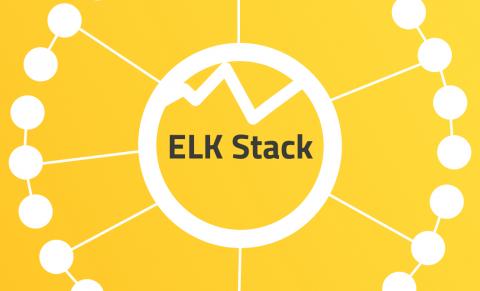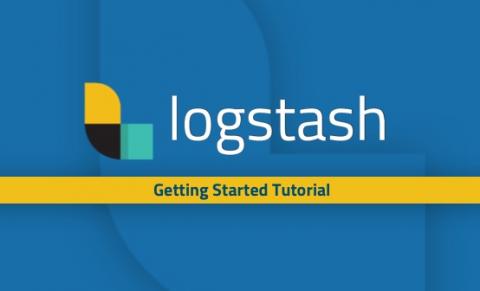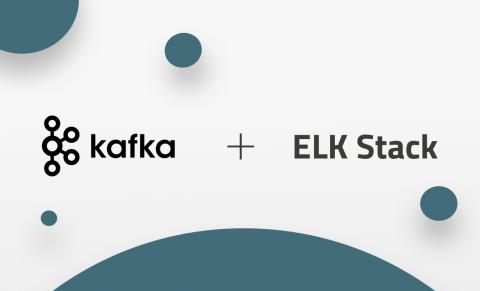API Analysis with the ELK Stack
Pulling in data exposed via API is not one of the most common use cases for ELK Stack users but it is definitely one I’ve come across in the past. Developers wrapping their database services with REST API, for example, might be interested in analyzing this data for business intelligence purposes. Whatever the reason, the ELK Stack offers some easy ways to integrate with this API. One of these methods is the Logstash HTTP poller input plugin.











